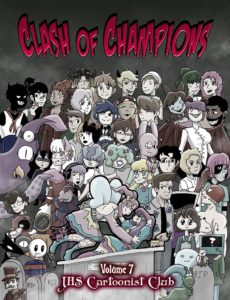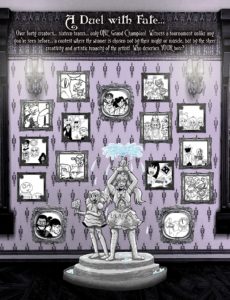We Came, We Saw, We Left: a Family Gap Year by Charles Wheelan
Charlie Wheelan is standing on a train platform in Medellin, Colombia and two of his children are missing. So begins Charles Wheelan’s account of his family’s gap year adventure. Charlie and Leah decided to take a year (or 9 months) and travel around the world with their children ages 13-18. We Came, We Saw, We Left: a Family Gap Year is an entertaining chronicle of seeing the world with and through evolving youth.
Charlie and Leah traveled the world the year after they graduated from college. Now, having turned fifty, they want to recreate that adventure with Katrina, Sophie, and CJ. Katrina just graduated from high school and can delay college for a year. High school junior Sophie (16) and 8th grader CJ will be home-schooled. Charlie, an author and a professor at Dartmouth College, and Leah, a math teacher, can take sabbaticals. Now how do they pay for the trip?
They decide to rent their house while they are gone and use the rent money for lodging. Only the things that are required to be were booked in advance such as flights and excursions. As for the rest they travel local buses, taxis, and trains and they do a lot of walking. They have a daily food allowance, a small amount of ‘free’ money per person and Leah is in charge of the budget.
The Wheelan family are seasoned travelers so with expenses figured out and a flexible itinerary of where they want to go, what could go wrong? Well, you can be at one train station, your wife at another, and Katrina and CJ missing somewhere in Medellin. Spotty Wi-Fi, no cell service, and vying for limited space on local transit are just some the challenges the family face and take in stride as they traverse the globe.
A world map entitled Nine Months, Six Continents, Three Teenagers is at the beginning of the book and shows the route from Hanover, New Hampshire to South America. Then on to New Zealand, Australia, Hong Kong, Vietnam to Calcutta, Cape Town, back to India then Germany and other stops along the way before returning to New Hampshire nine months later.
No time line is given for the journey. They were in Colombia in September and New Zealand at Christmas but otherwise the telling is by place not day or month. Each chapter begins with a small map pinpointing the places for this part of the trip.
Wheelan is an amusing, self-deprecating writer. Traveling together for nine months is not all roses and he doesn’t avoid telling about some of the less savory aspects. The whole clan suffers from motion sickness and no matter where you are, you can’t avoid germs. Aside from the gastric distress and colds, a flesh eating parasite also makes an appearance on Katrina’s foot and leg.
As with any family there will be squabbles and some disagreements. The author keeps a record of the trip in his journal. At the halfway point he has written: Countries: 8, Bus trips: 28, Flights: 13, Boat rides: 6, Jeep rides: 7, Horse rides: 2, Incidents of motion sickness: 7, Search parties looking for us: 2, Family meltdowns: 5, and Books read (by me): 25.
Whether it is museums, hikes, or diving, the squabbles and discomforts are woven into the grand adventure as we follow the family around the world. Wheelan is good at evoking the sense of a place whether it is a hike in the Amazon or drinking coffee at an outdoor café.
Some excursions were exciting – diving at the Great Barrier Reef, exploring a 7-level cave in the Rain Forest, visiting the Tiger’s Nest, a monastery in Bhutan and hunting for kiwi in New Zealand. Others were sobering – deforestation in Laos, the Vietnam Hanoi Hilton, a slave museum in Zanzibar and the Airbnb apartment they rented in Vienna. A small plaque, Stolpersteine (stumbling stone), stood in front of the building with the names of the Hofling family and the date, June 15, 1942, that the Nazis took them from their home.
This was an enjoyable journey to places many of us will never go. The author described many of the places and creatures he saw through his camera lens. I would have loved to see some of that wonder and beauty included as color photos but perhaps that would require another book.
Speaking of another book, Wheelan spent some of his travel time working on a novel. Finished by the end of their gap year trek, “The Rationing”, was published and you’ll find it at the library.
This family had a wish, then a goal and finally a plan. As Wheelan says “We pulled it off. We made it around the world: nine months, six continents, three teenagers and one flesh-eating parasite.”



 This was almost the shortest book review submitted here: “Read them! They’re wonderful!” Because that’s all you really need to know about the books published by the Joplin High School Cartoonist Club.
This was almost the shortest book review submitted here: “Read them! They’re wonderful!” Because that’s all you really need to know about the books published by the Joplin High School Cartoonist Club.